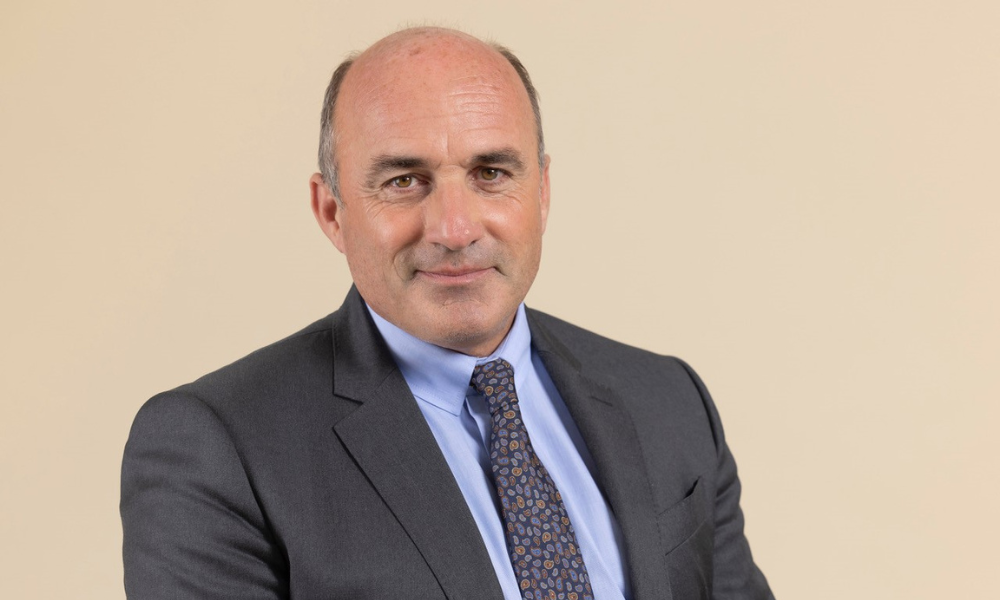I don't expect a hard landing, but a return to long-term low inflation isn't likely either, insists PM

Following the recent jolt to regional banks in the U.S., investors are asking fresh questions about whether the Federal Reserve and other central banks can manage a controlled path down to low inflation without crashing the economy.
For one investment professional, the recent banking panic has certainly increased the odds of negative growth in the near term. But he also thinks the question of low inflation is bigger than central banks’ policy decisions.
“There’s a big probability for a negative growth for the third quarter, and probably one more,” says Frederic Leroux, head of Cross Asset and a fund manager at Carmignac, a France-based global asset manager. “We don't think that the financial crisis will make this recession closer compared to now, but probably a bit deeper.”
In the wake of the banking crisis in the U.S. in March, Leroux sees a possible tightening of credit standards, which should help the Federal Reserve’s effort to engineer a recession and bring down inflation. However, he stopped short of predicting a hard landing, noting that central banks should be very quick to reverse course as soon as they see signs of recession coming on.
“They are not paid to be too courageous. Today, they are there to make sure they slow down jobs, so that disinflation can accelerate a bit,” he says. “They’re not there to kill the economy – it would be too dangerous, given the level of indebtedness we’re seeing.”
In a speech to the International Monetary Fund last week, Bank of Canada Governor Tiff Macklem said it would not be enough to wrestle inflation down to the top of its 1% to 3% control range. Stressing the primacy of the central bank’s 2% target, he said interest rates may have to stay higher for longer, and the financial system must be prepared like the rest of the economy to adjust to that reality.
But from Leroux’s perspective, achieving the neutral rate is not a likely scenario. “It’s absolutely not our base case,” he says.
Over the past forty years, he said numerous structural forces have been at work to create a decades-long disinflationary trend. Demographically, a surge in savers contributed to an increase in cheap investments and productivity gains; as the proportion of savers in the global population shrinks, that movement is expected to reverse.
The end of World War Two heralded a massive expansion in global trade, which plateaued at roughly 50% of GDP around 10 years ago. Now it’s on a path of decline as supply-chain disruptions from COVID and the Russia-Ukraine war are going to spark widespread repatriation of manufacturing activities.
“You also have a change in the geopolitical trends. Back in 2000, we had a very strong Pax Americana dynamic, through which we saw the US being the consumer of last resort and cop for the rest of the world,” Leroux says. “That led to a heavy cost in terms of trade deficits and budget deficits.”
To finance those deficits, other countries would buy 10-year notes from the U.S. government. But with economic superpowers like the OPEC countries and China less willing to go along with U.S. demands, and the trading surpluses from Germany and Japan shrinking dramatically in the face of higher energy prices, that dynamic of financing being recycled has weakened severely.
The fourth horseman of the new inflation era, Leroux argues, comes down to a sociological shift. While the dominant generation 40 years ago strived for economic efficiency and productivity, he contends that people today are less able to “accept pain,” which is why governments had to be generous during the COVID crisis.
“As soon as the central banks stop hiking rates or tightening monetary policy, you should see the new structural forces dominating again and providing more inflation in the near future,” he says. “Yes, we are going to lower inflation in the coming months. But rather than anticipating that low inflation will return and stay forever, we will have to watch out for signs that could announce that it’s coming back up again.”



